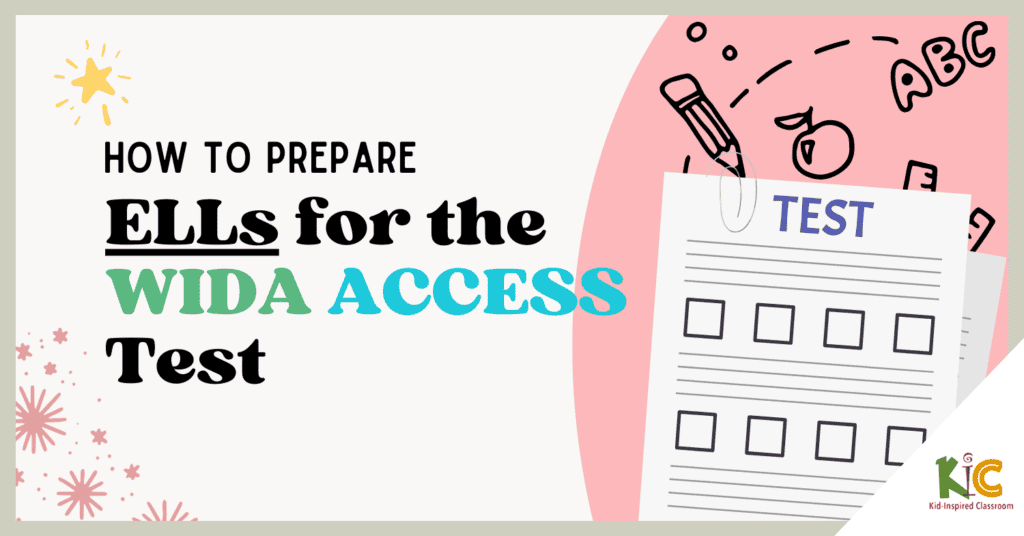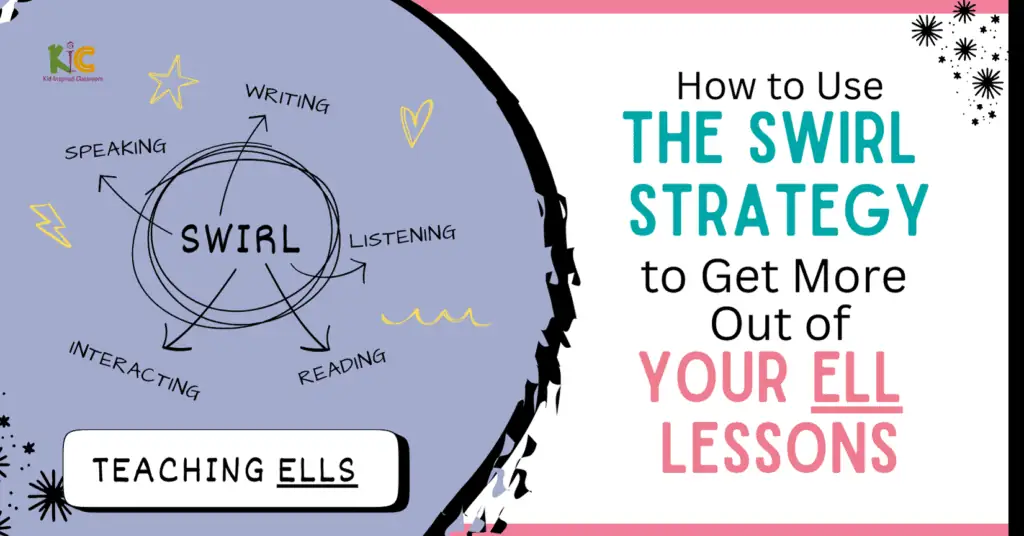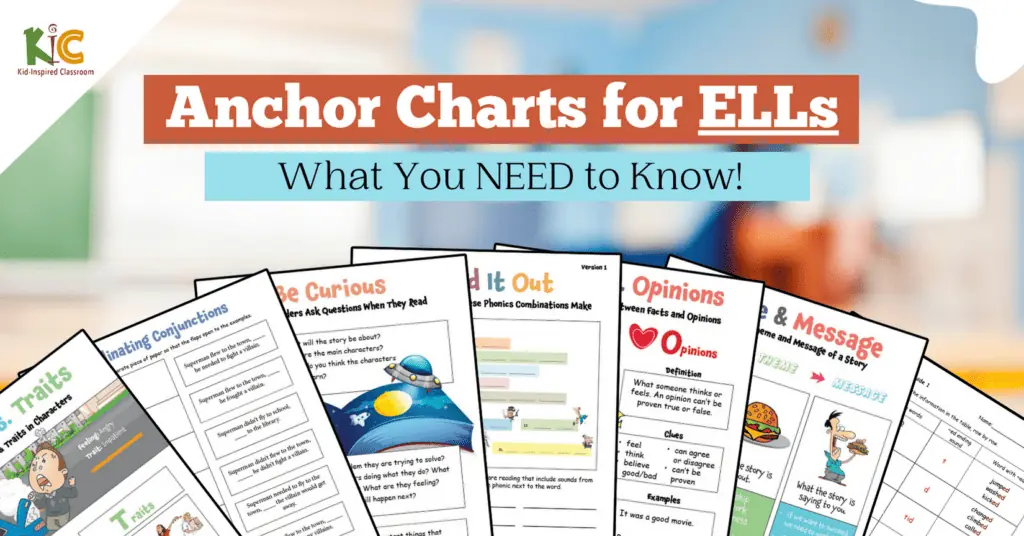9 Tips for Teaching a K-12 Class Online
What I Learned from Watching My Son Have Class Online During a Coronavirus School Closure

In this article:
So, this is what happened...
I live in Taiwan--a small island nation off the coast of China not to be confused with Thailand--with my wife and son.
Just after Chinese New Year, the Taiwanese government delayed the start of the regular school semester for two weeks.
Our son's school decided to have all their classes online for those two weeks.
A few days later, our second-grader was sitting at our kitchen table with paper, pencils, textbooks, an iPad and headphones in his ears...going to school.
As for me...I got front row seats to the event without having to do any of the teaching. It was a very interesting experience.
Now, to be clear, my son is not an EL; He is a CL (Chinese Learner). His schooling is entirely in Chinese. Many of the difficulties he faced are, of course, similar to those English learners face in the U.S. and other native speaking environments.
Online Teaching Strategies That Worked Well
- The students had little question sticks to hold up when they had a question. The school asked all of the students to decorate them so that they were unique and our son created one out of a popsicle stick with a Japanese Sumikko Gurashi stuck on it. If you don’t know what Sumikko Gurashi are, it’s worth a Google.
- Classes took place on the Zoom app (see below) which worked quite well, letting the students see the teacher and each other. Using the app, students could also be given permission by the teacher to become a presenter, which carried a weighty significance for the students. When the teacher asked groups to prepare something to be presented to the class, most of the students took to the task with professional seriousness.
- Students met in small groups by joining separate small-group video chats. This had a big, unexpected benefit. Because students were limited to the screen, they quickly discovered that they had to rely much more heavily on their verbal language than they were used to. Their non-verbal language didn’t carry across very well. That meant that students were constantly misunderstanding each other, often getting frustrated and then rethinking how they could rephrase what they needed to say so that it was clearer. This was such a big plus for the development of their verbal communication that I started thinking about how I could set up similar experiences for English learners in our school by putting students in different rooms and connecting them with iPads and a task to complete.
- Students turned in completed homework by taking a picture. They took the picture directly within the Zoom chat. Students really seemed to enjoy this and benefit from the healthy amount of peer pressure that came from knowing that everyone could see their work. I think the Seesaw app would work better for this though (see below).
- The school provided a printable schedule. The schedule listed which classes the students had at which times. We printed it off and hung it on the wall. Our son had to keep track of the times he had class and be online 10 minutes beforehand which was great for his time management skills. This was obviously a problem though for some students who were notoriously unavailable when class began.
Things That Made the Teacher Look Like She Wanted to Pull Out Her Hair
- Students’ Internet connections were spotty at times. After the teacher would finish giving some instructions, a student or two would inevitably say that the audio had cut out. The teacher would repeat herself only to have another student say that her audio had cut out as well. In our son’s case, the audio legitimately cut out at times and it was difficult to understand what the teacher was saying. There were other times, when you wondered whether students who had gotten distracted were simply using the audio cutting out as an excuse to ask the teacher to repeat herself. Regardless, you could see the muscles in her face start to twitch after about the third or fourth time she had to repeat herself.
- The little question sticks worked until students began to abuse them, waving them frantically at the screen before the teacher had an opportunity to finish what she wanted to say. As in class, students' questions will often be answered if they wait for the teacher to finish. In class though, you can usually signal to the students that they need to wait without interrupting what you are saying. Online, it is quite difficult to get them to stop waving the sticks.
- Students who hadn’t turned in their work were hard to pin down. They made excuses, complained about Internet connectivity, and uploaded partial work in multiple places, I assume, for the purpose of causing the teacher’s hair to turn gray more quickly.
- The students would often call each other, sometimes on purpose, sometimes not. There were a couple of times when some students were in one chat and others were in another chat and the teacher had to go around trying to gather them all into the same place. This was made more difficult once students began calling each other to chat in between classes.
- Teachers ended up being pulled into chats long after they should have gotten off work and gone home to take care of their own kids, or space out in front of the TV with a bag of Doritos.
Things I Would Consider Doing If I Had to Teach a Class of Students Online
- I'd probably create homework assignments using Seesaw because it would be so much easier to sort by class or student to see who has or has not turned in completed work. Students could record themselves summarizing a topic they learned about after watching a video or record themselves reading a text out loud.
- I would likely pre-film the most important parts of a day's instruction, so that group video chat time could focus on Q&A. I think it would be a much more effective and efficient use of the time than trying to teach something and field questions at the same time online when you're dealing with lag and spotty connections. This would help with the stick-waving.
- I'd love to try creating some sort of Amazing Race set of tasks to complete where small groups of students only get the next task once they have completed a previous task fully. There could be different options for how to complete a task so that students had some choice in how to proceed. It would be a little like setting up stations, but with the added motivation of trying to complete all assignments before other teams. With my son's experience, the small groups of students working together on an assignment really gave them a sense of independence and responsibility.
- I would definitely make expectations about teacher availability very clear and then turn off notifications after hours.
Links to Apps
- Zoom - This was the most heavily used app and, being free, it is pretty impressive what you can do with it. You can have group video where you can see the teacher as well as the other students. The teacher as well as students can share their screens. There is a whiteboard you can use for illustrating what you want to say, although without some practice, the illustrations come out looking a little like a piece of toddler wall art.
- Gmail and Google Docs - Gmail worked well for official correspondence. Most correspondence though happened through the chat function in Zoom. Google Docs obviously has lots of potential for completing assignments and also connects with Google Classroom.
- Dropbox - They didn’t end up using Dropbox since files could be shared within Zoom or sent by email, but it's free for students to get an account and it seems like it could have some potential.
- Seesaw - I think Seesaw would have been perfect for students to complete assignments.
- You can also check out this article called the Ultimate Teacher Resources for Online Teaching Due to School Closures that lists a ton of resources for teaching online.
What other apps would you recommend? Write them in the comments below!







As a classroom teacher of 34+ years, I just want to share two comments. Your observations are very valuable to parents internationally. Second, you picked up a common occurrence in the classroom. The observation of students using chat to talk during online classes are most likely the students who are disrupting instruction by talking and passing notes, daily. It is my hope parents are getting a bird’s eye view of how their child behaves in school, appropriate and inappropriate, so when classes do resume those with appropriate behavior will not have their education disrupted by those who exhibit inappropriate behaviors because it will be dealt with now.